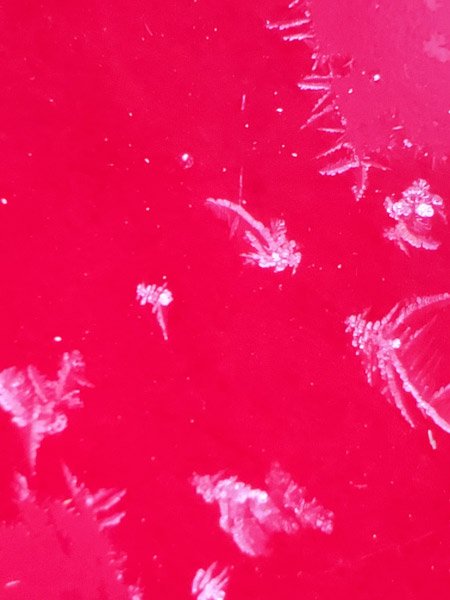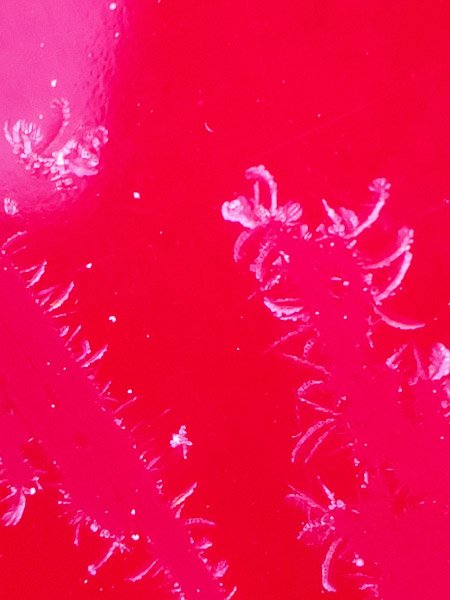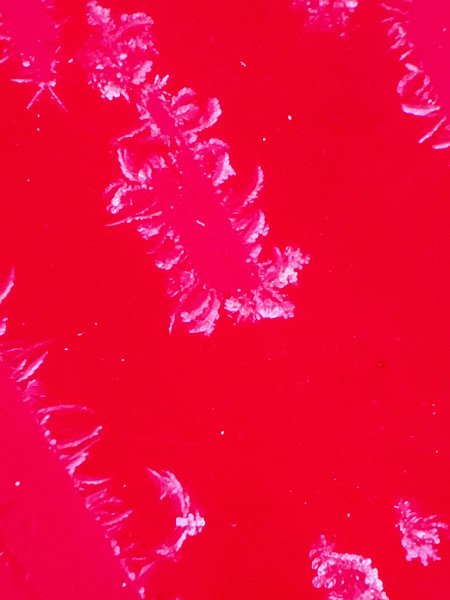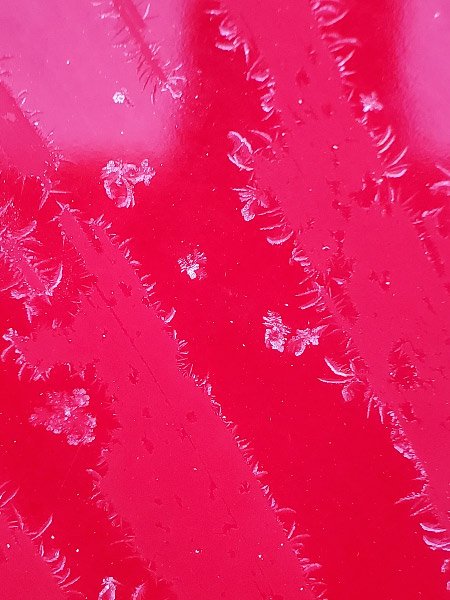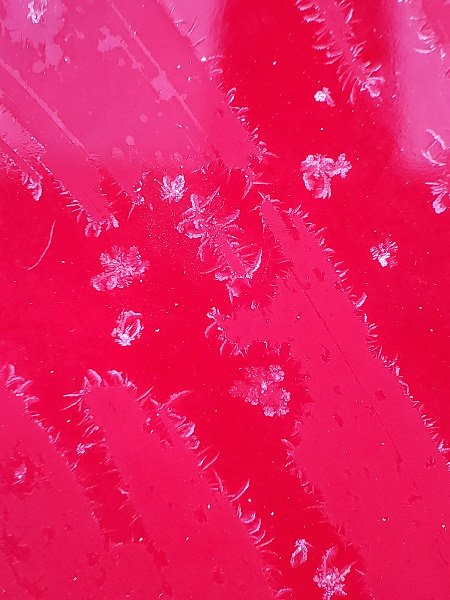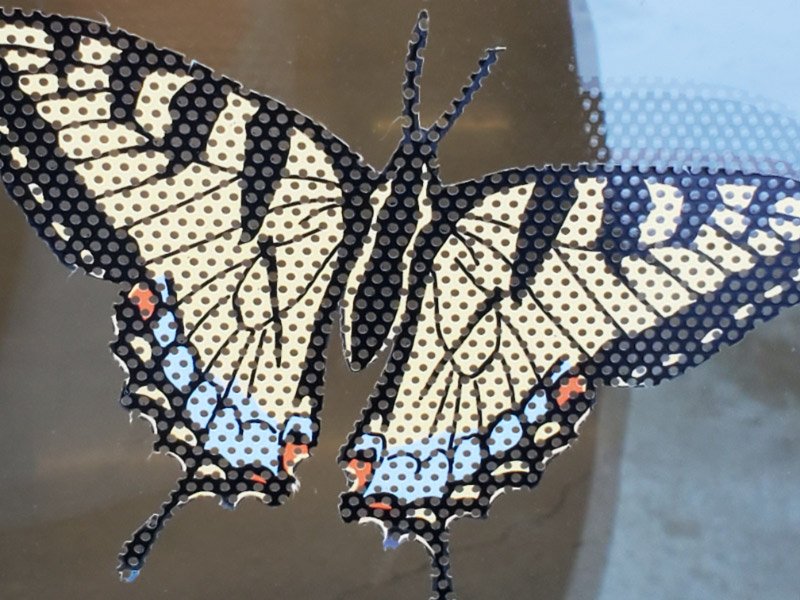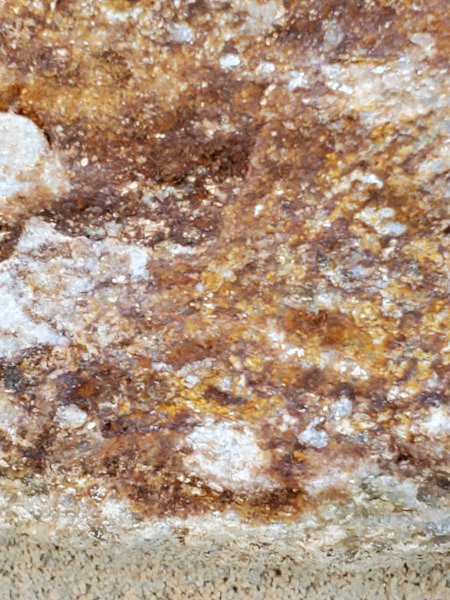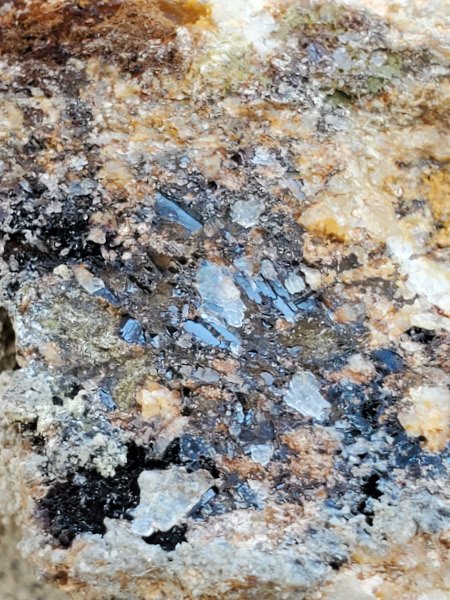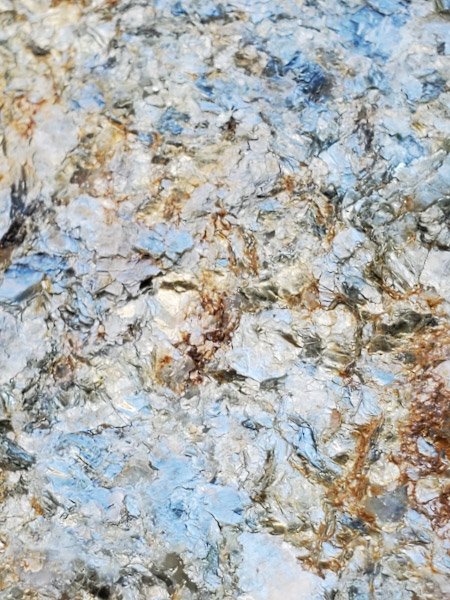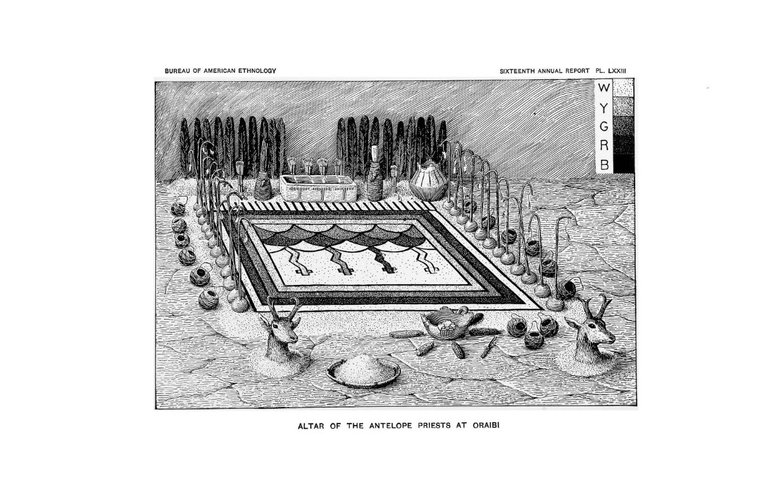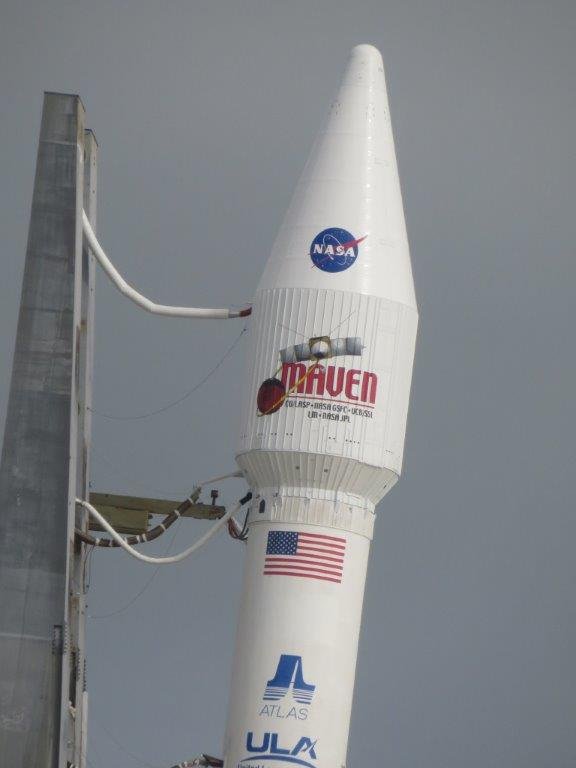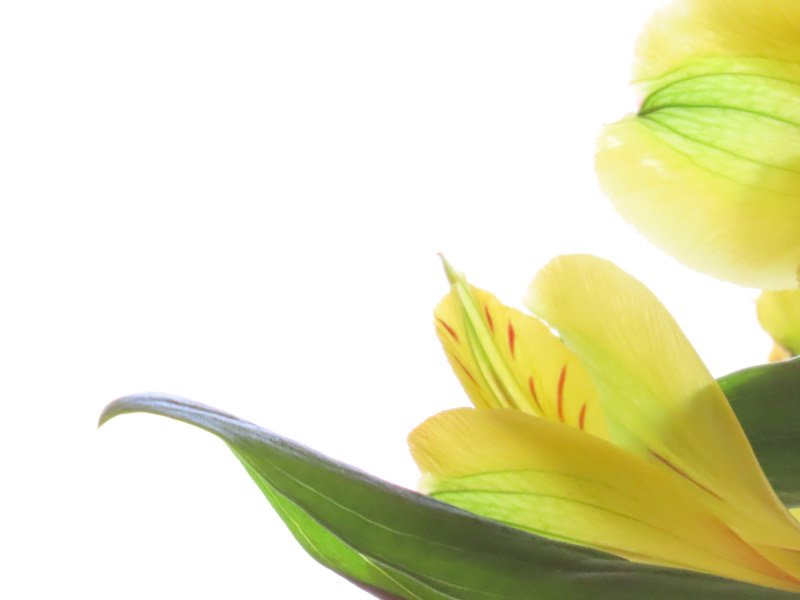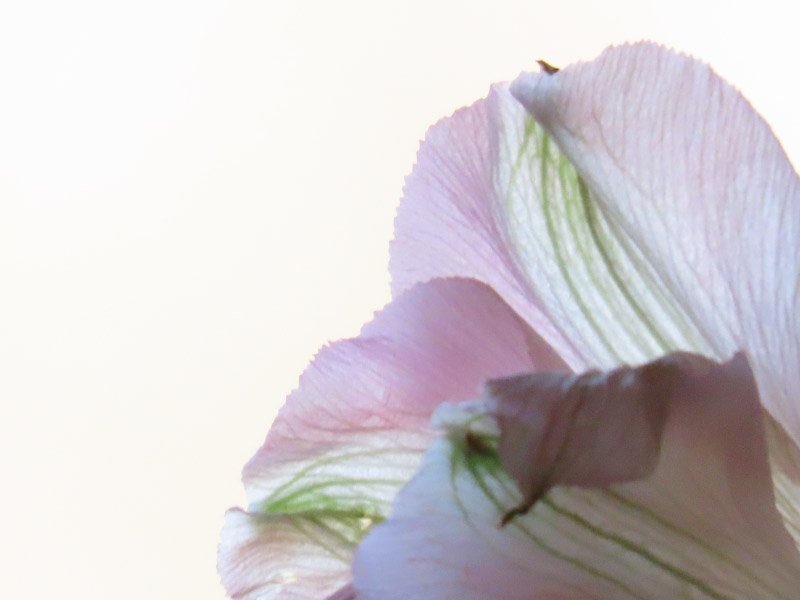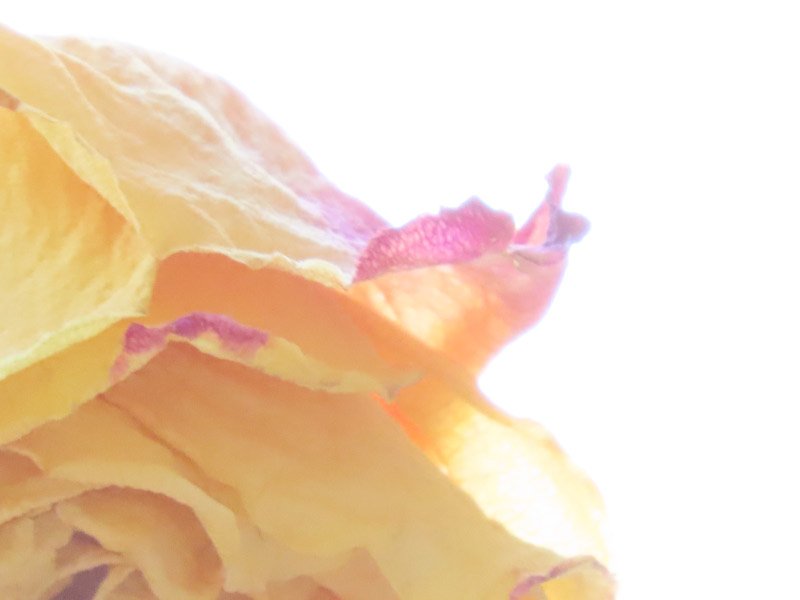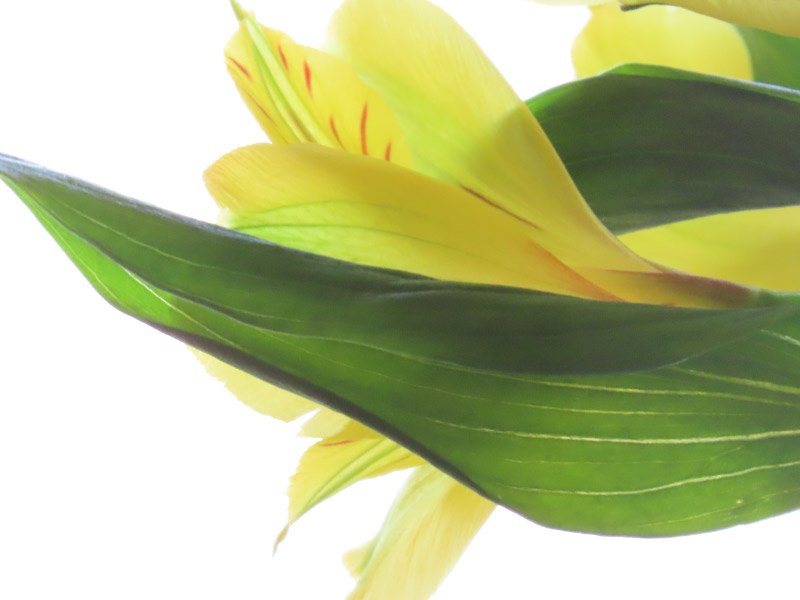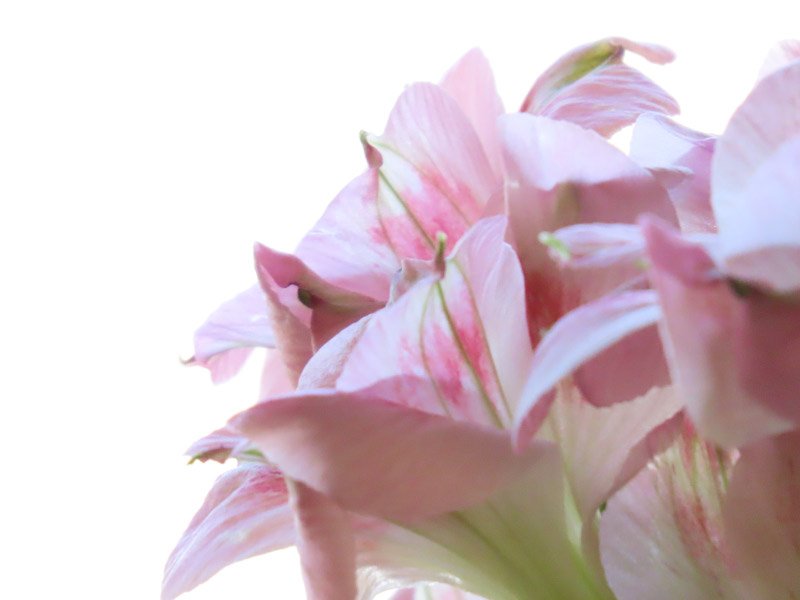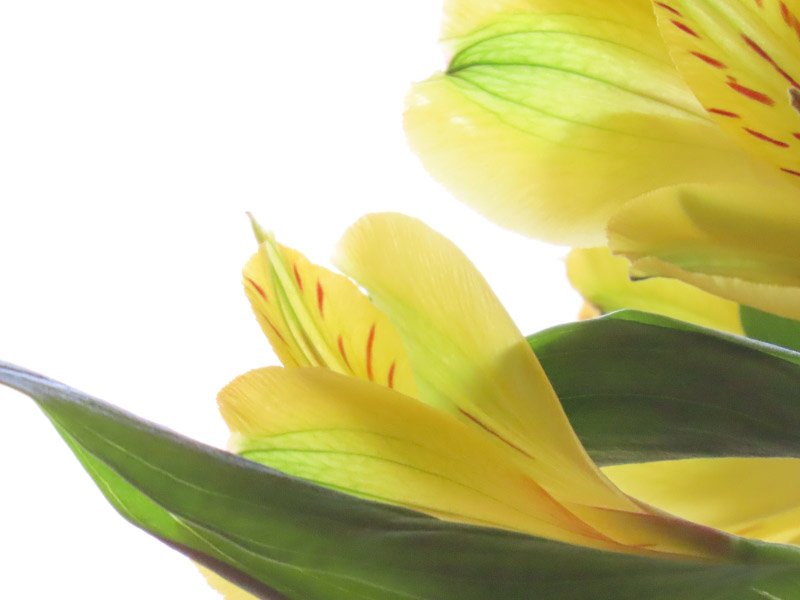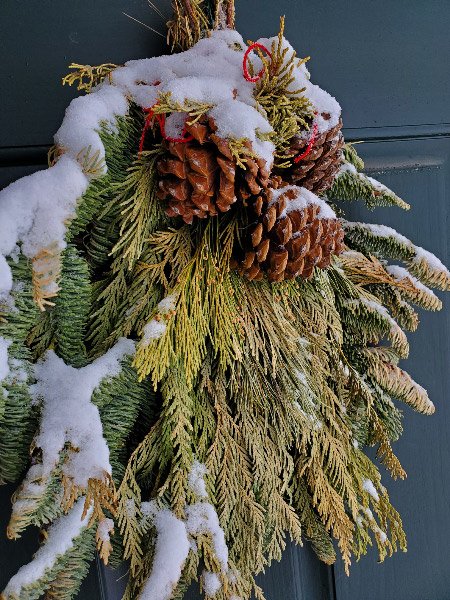Thinking about our previous houses…and the next one
/I am thinking about the houses my husband and I have lived in during our almost 50 years of marriage. The first one was in Plano, Texas – purchased about 5 years after we got married. It had almost no insulation and single pane windows…4 bedrooms, 2 baths, kitchen/dining, living room and 2 car garage. It was all electric. It was brick and siding; I painted the siding and under the eaves (and learned that I never wanted to do that again!). The hot water heater was in the garage and was the only item we had to replace in our 5 years in the house.
The second house was in Springfield, Virginia – the result of our both getting career advancing jobs in the area and the organizations paid for the long-distance move. We moved in July and the air conditioner broke down about 2 weeks afterwards. The house had been built in the 1950 but insulation and storm/double paned windows had been added. It was our first house with a basement – and that was where the washer/dryer hook ups were. It had 4 bedrooms (one in the basement), 2 bathrooms, kitchen/dining, dining/living, den in basement, and a carport. It had a gas furnance, water heater and stove. I was thrilled to have big trees in the yard – oak and beech so large a person could not reach around them! I trimmed the boxwood in November … made boxwood wreaths with the trimmings. There was a dogwood that grew beside the patio. We had the roof done and the siding painted during our three years in the house.
The next move was across the Potomac into Maryland because my husband’s commute had become painfully long from Virginia his new job in Baltimore. The house was newer…built with good insulation and double paned windows. It was a Colonial with 4 bedrooms and 2 baths upstairs; living/dining, half bath, kitchen/breakfast area, and den on the first floor; finished room downstairs for an office; and a 2-car garage. It was our first house with a deck rather a patio. It took longer to get into the house after we bought it since the people selling it were buying a house and there were delays. We rented an apartment for about 6 months; that difficulty clouded the 7 years we spent in the house. We moved to out of it before it was sold.
Our fourth house is the one we are in now – for over 27 years. The house was only about 3 years old when we bought it…a Colonial again. It has 4 bedrooms, 2 baths and a loft upstairs; living/dining, office, half bath, kitchen/breakfast area, laundry room, and den on the first floor; a single large finished room and bathroom in the walkout basement; 2 car garage; large deck with part being roofed/screened. I love the view of the forest behind the house from my office window.
And now – we are in the beginning stage of planning for a second long distance move and a fifth house. This time the rationale is to live closer to our daughter/son-in-law (so moving from Maryland to Missouri). We are getting started this week: getting an estimate for some house painting, having a charity pick up a porch full of small furniture/household items we no longer need, and taking a carload of stuff to the county electronics and metal recycle. The things I want in my next house are a mix of what I’ve had in my previous houses:
All electric (like my first house) or a path to get there
Big trees (like my second and fourth house)
Window over the sink (like all four houses)
A 2-car garage (like three of the four houses)
Being able to live on one floor (like my first house)
Double paned windows and good insulation (like the last two houses)
A laundry room on the same floor as the bedrooms (like the first house)
A screened deck (like current house) or a garden room
A good view from my office window (like current house)
High speed internet (like current house)
There are some new things we are looking for this time too:
Being able to do astronomy from the backyard
Roof aligned and unshaded enough for solar panels
Within a 30 minute or less drive from our daughter
There will be a lot more about this project over the next few months!


















